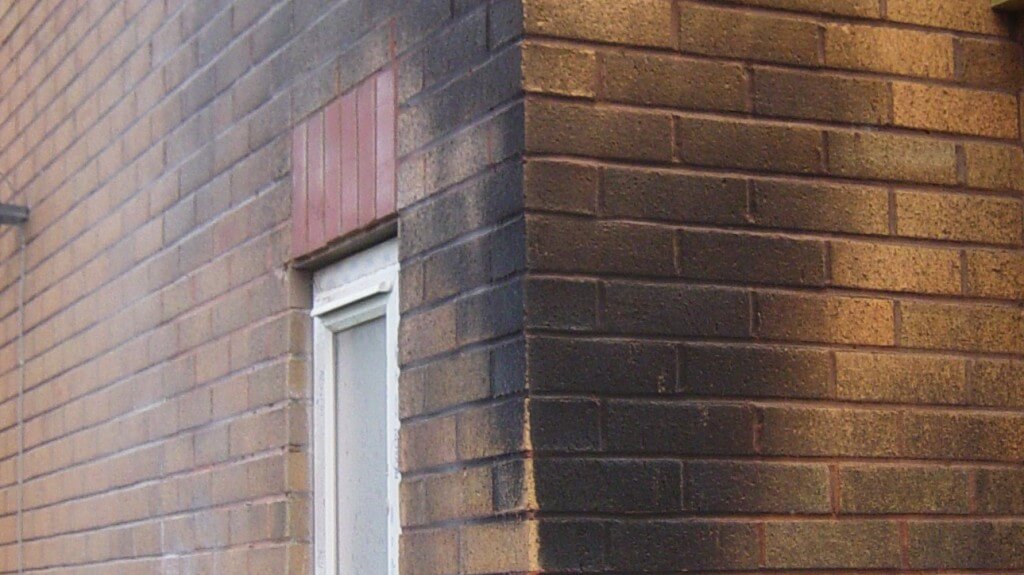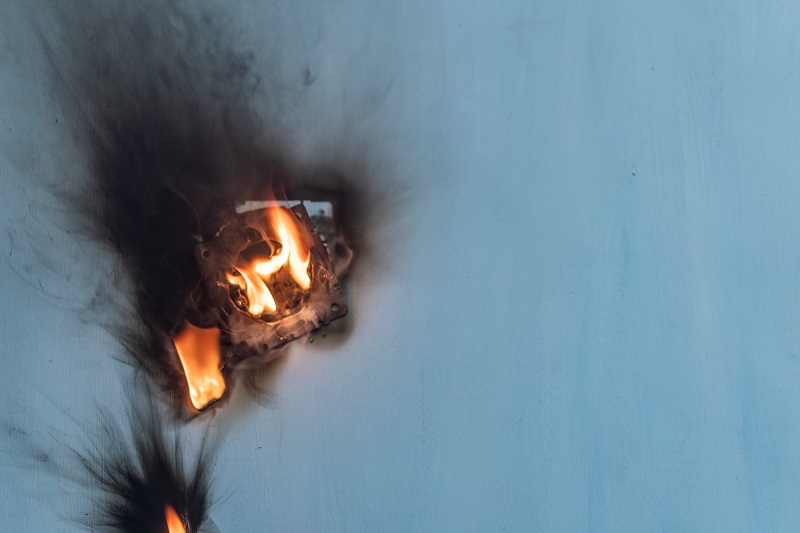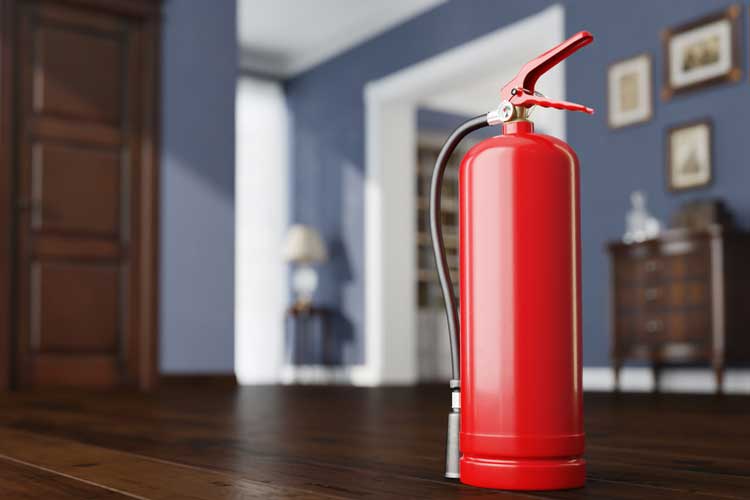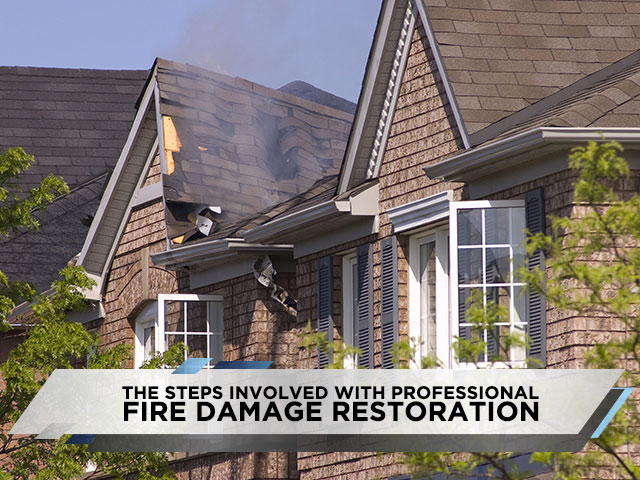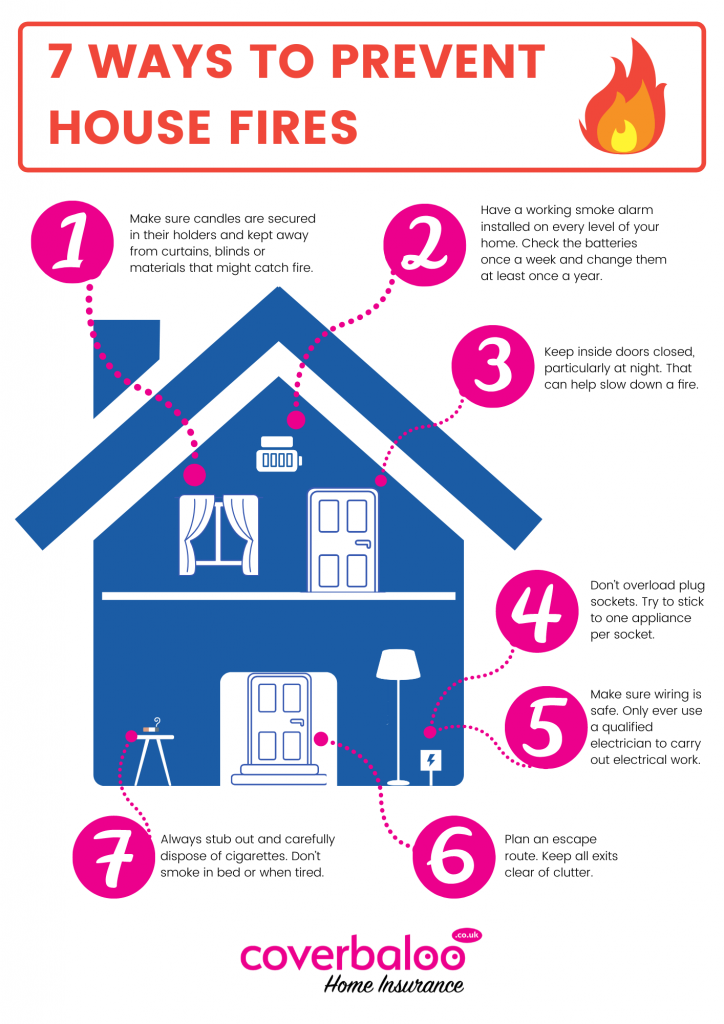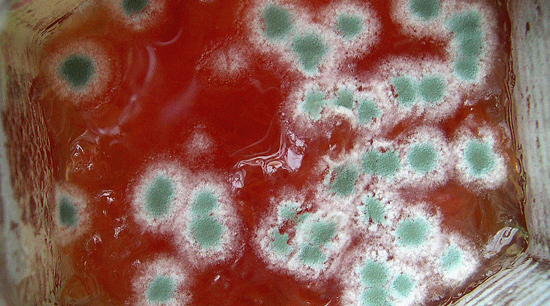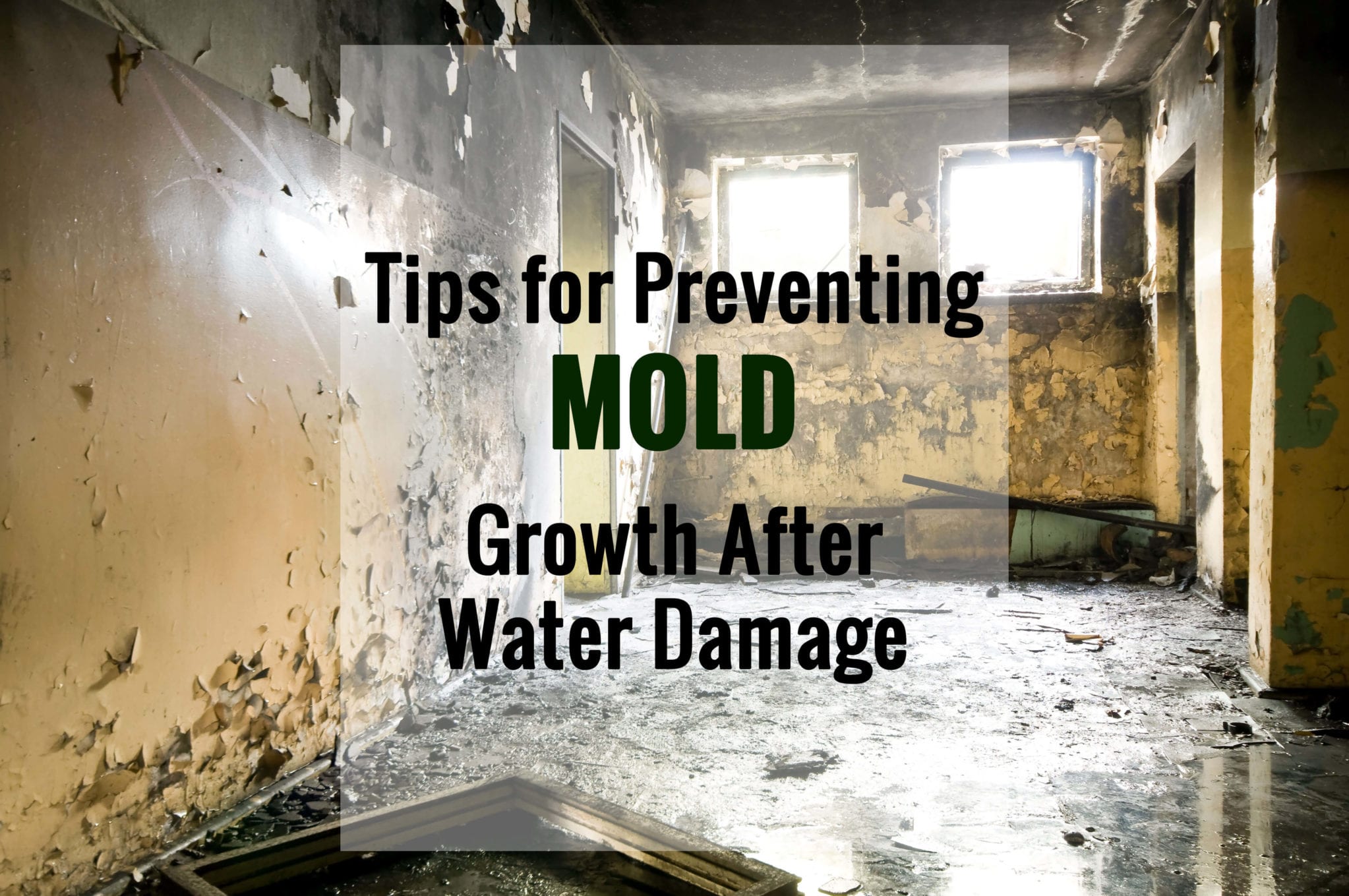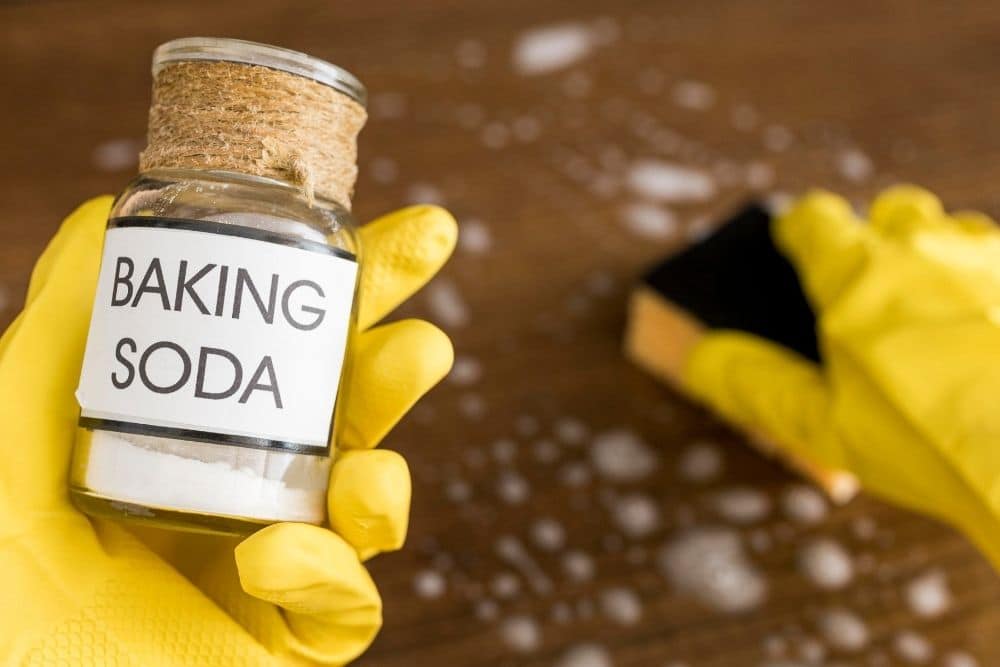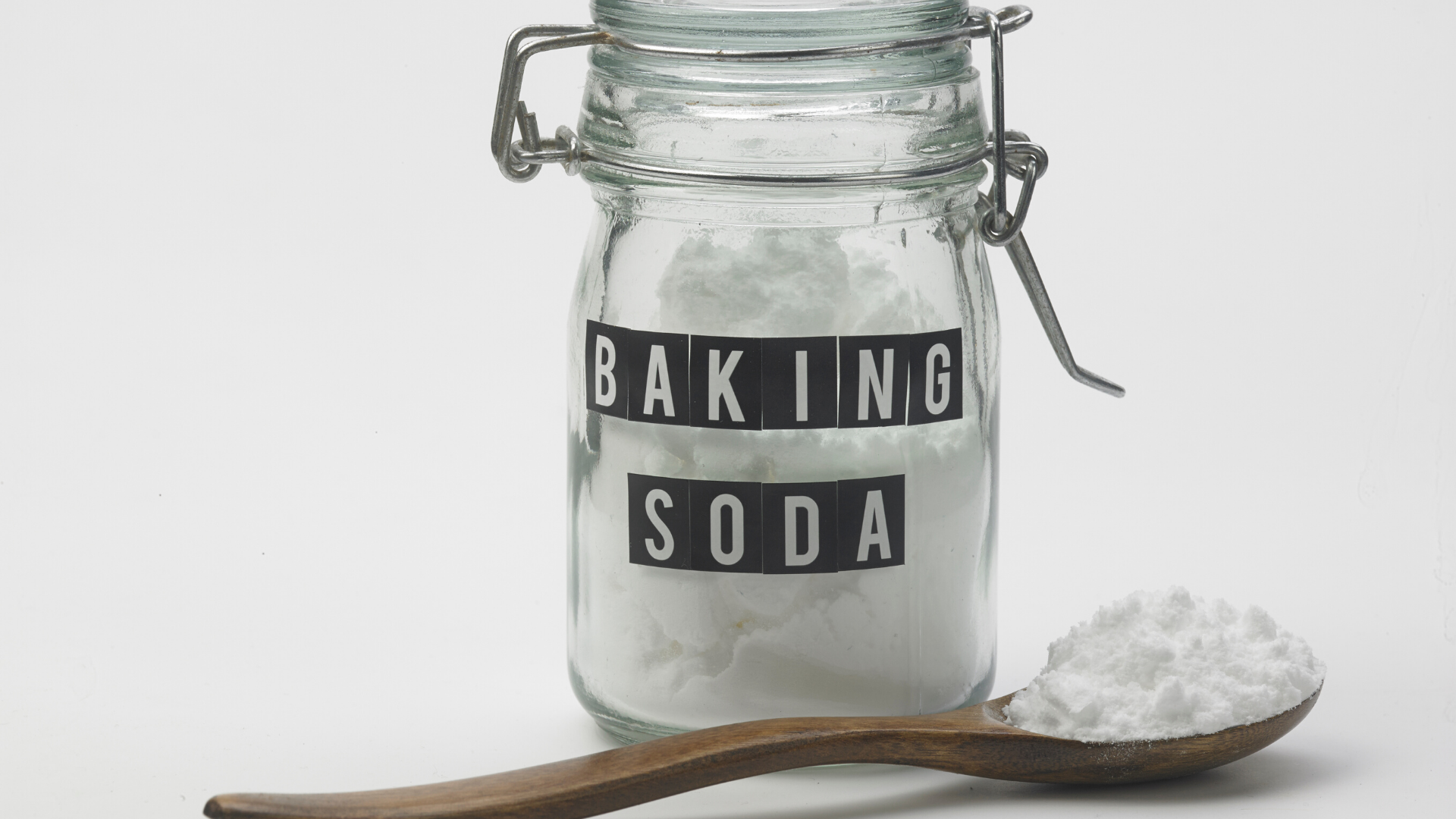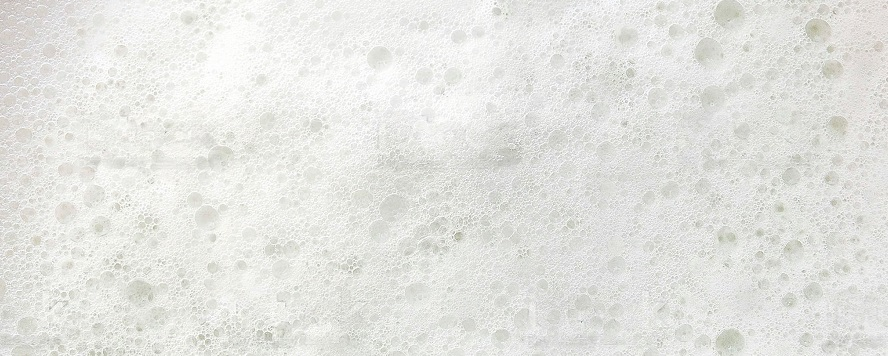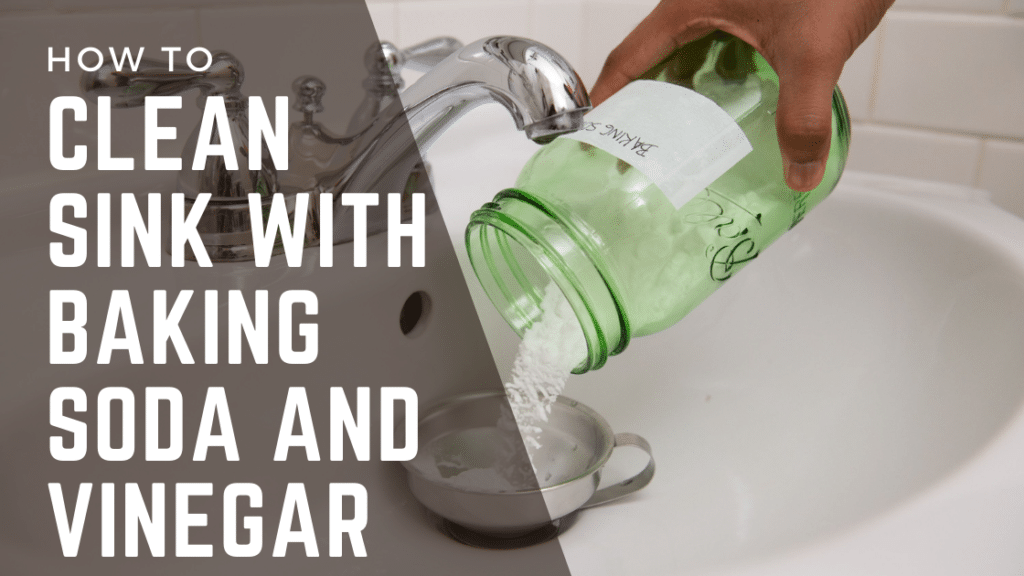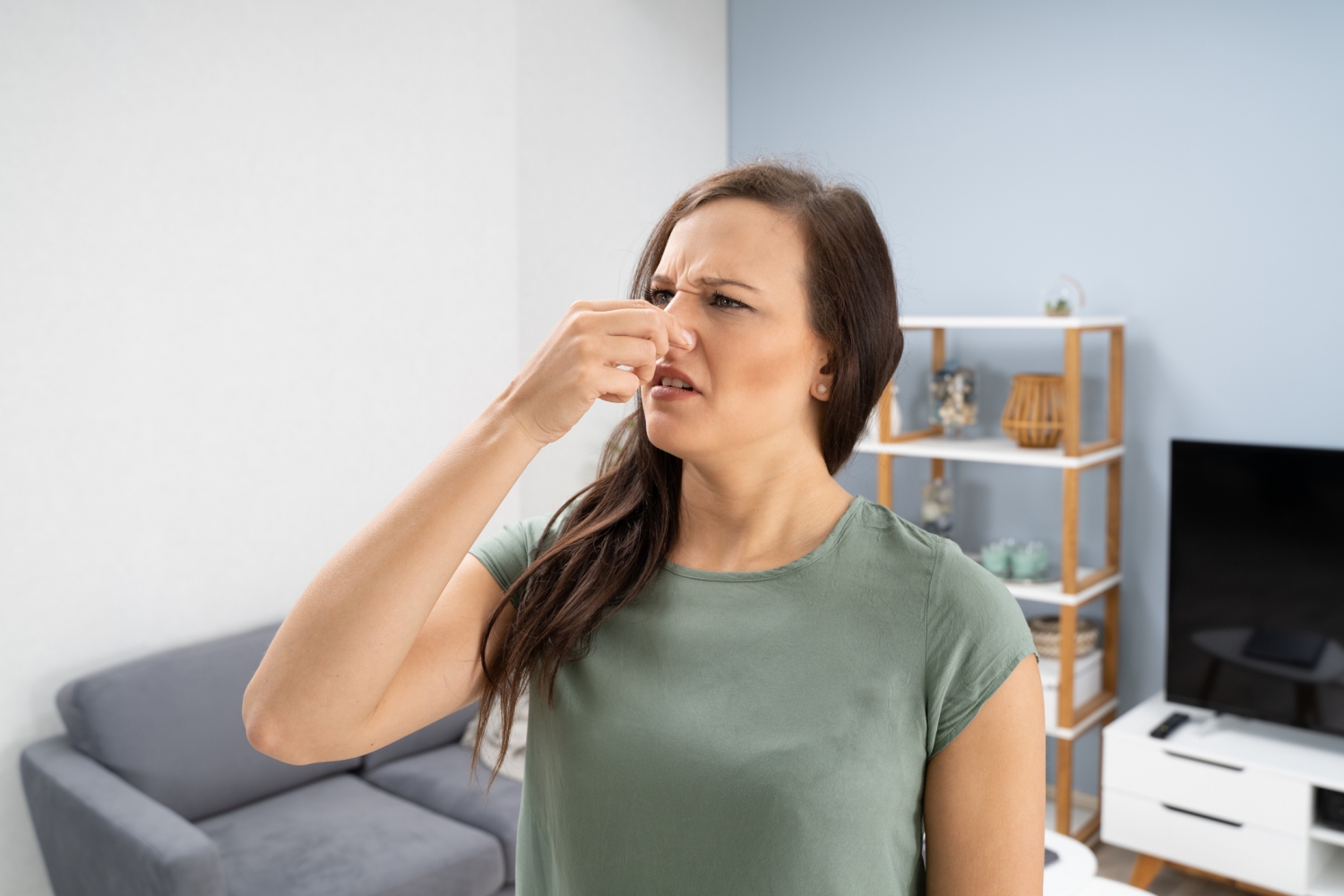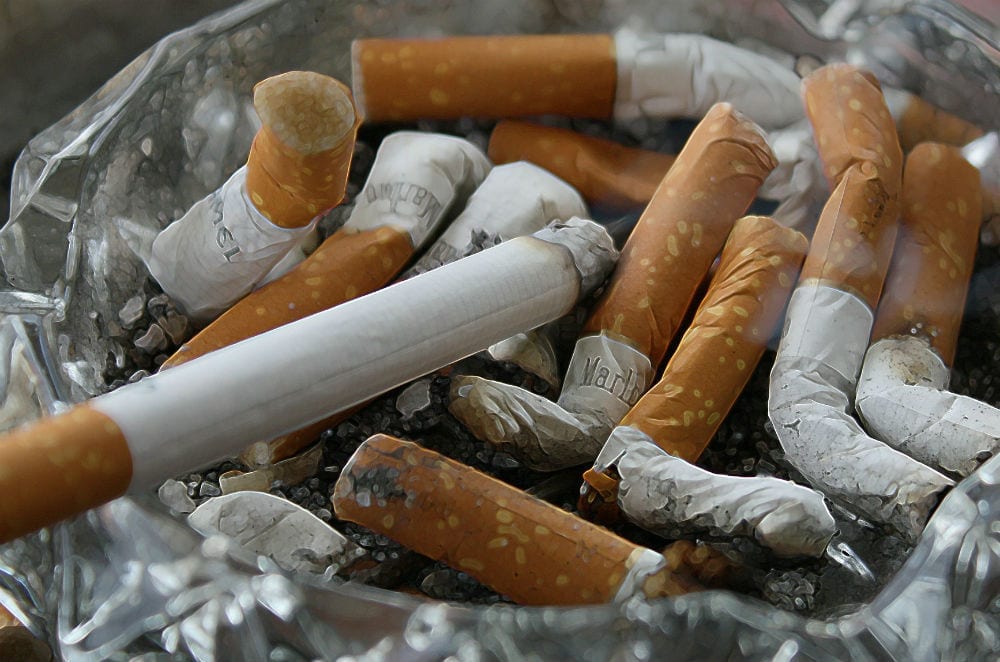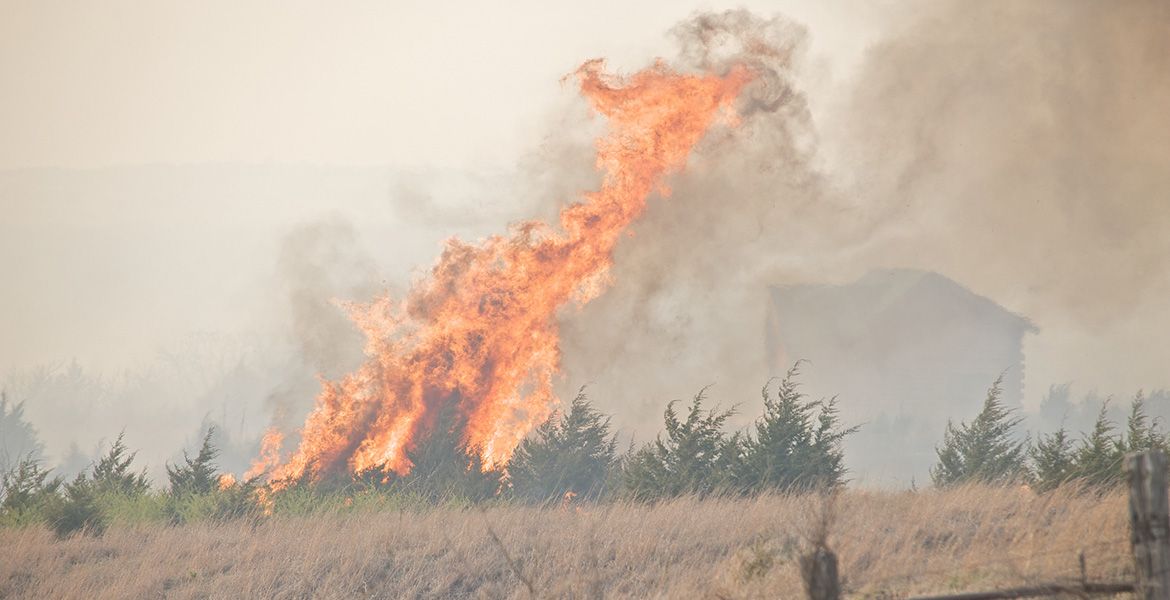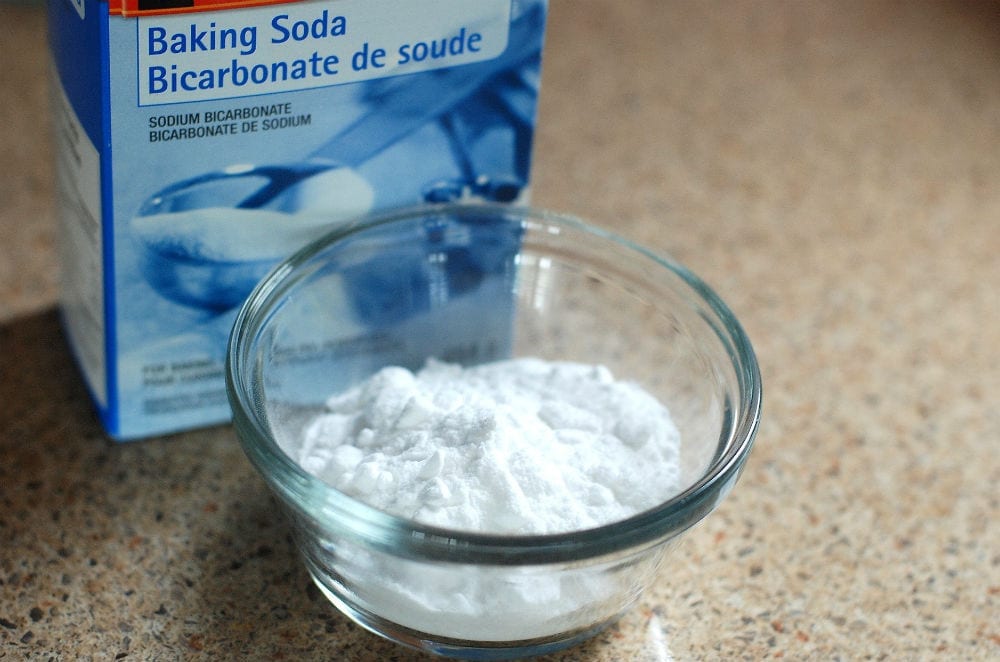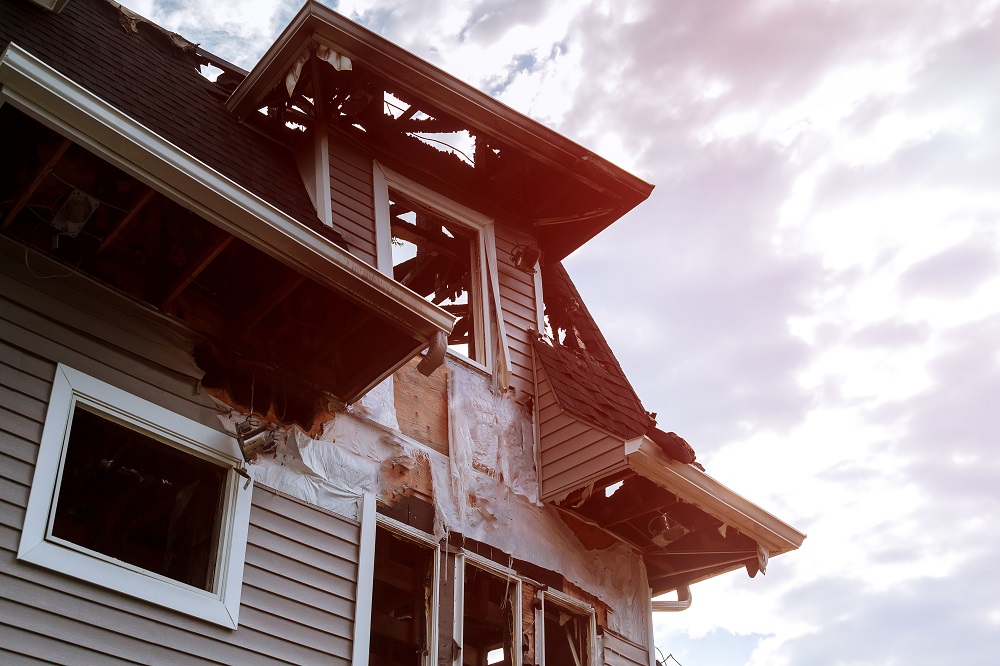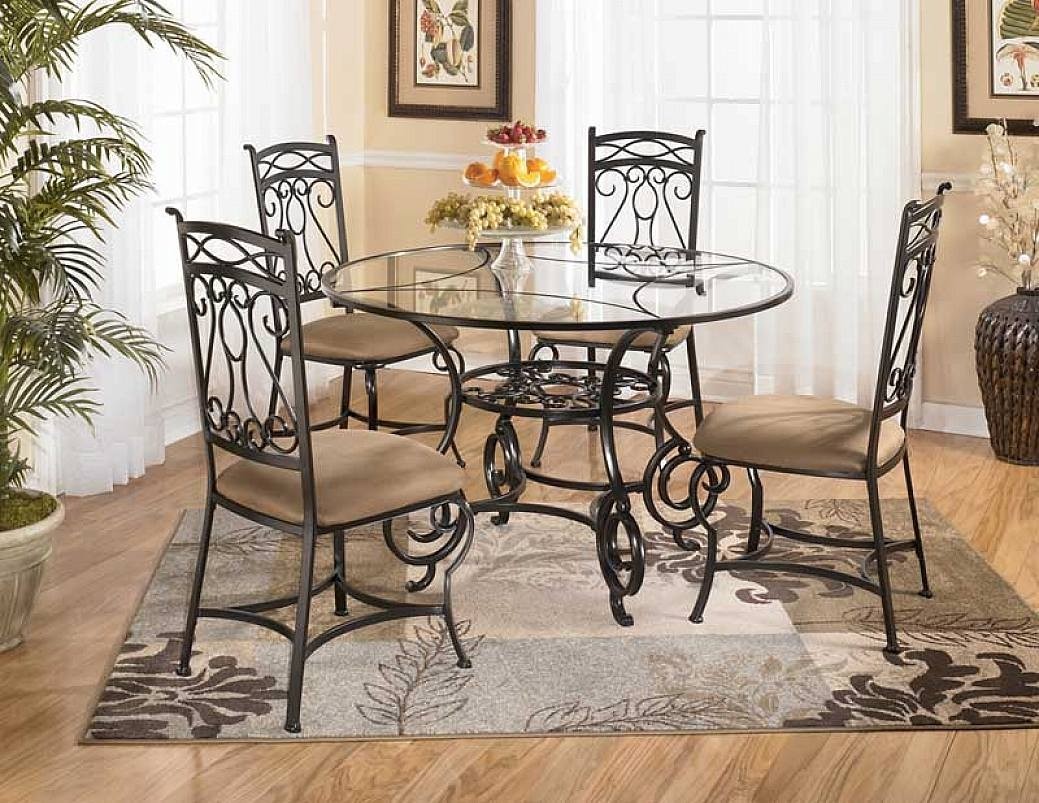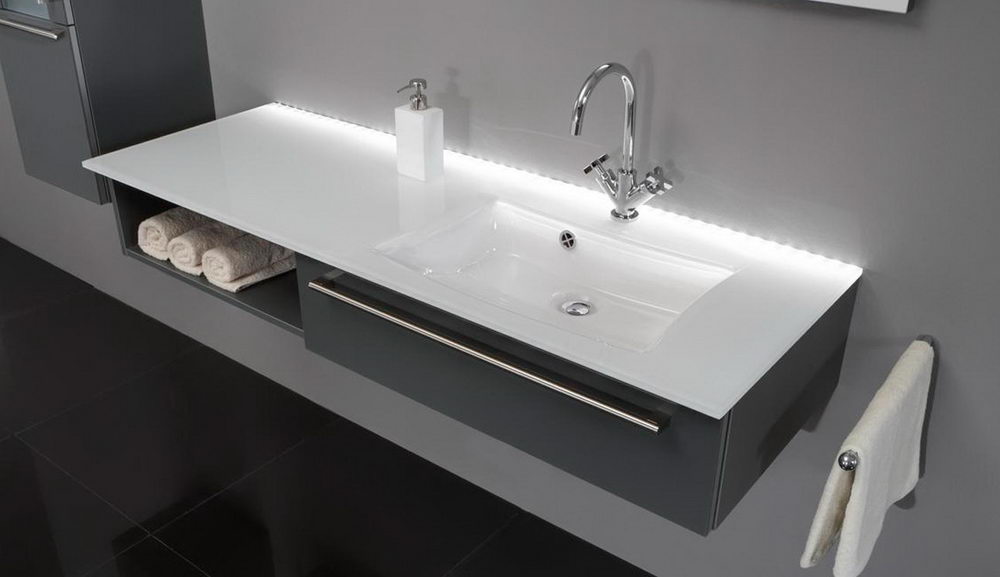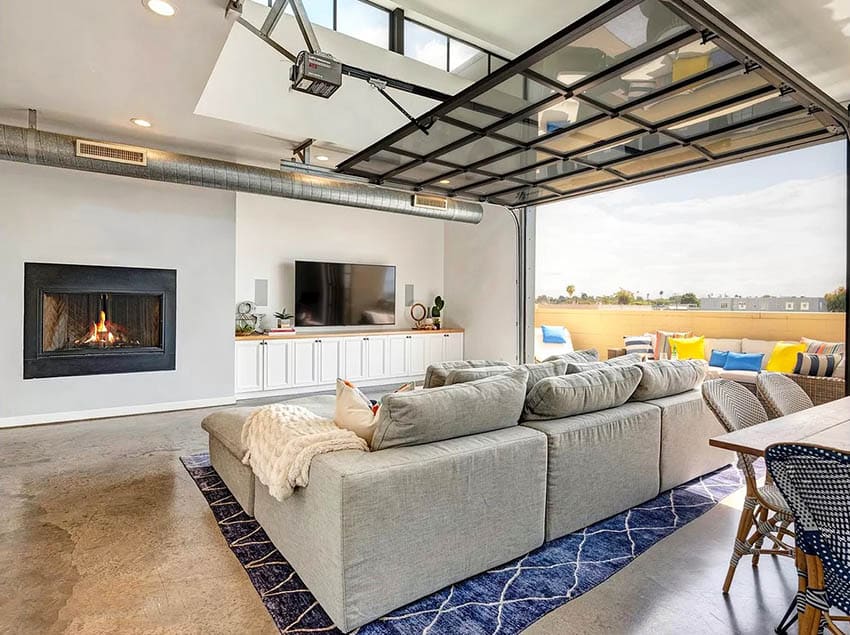How to Clean Walls After a Kitchen Fire
Dealing with a kitchen fire can be a stressful and overwhelming experience. Not only do you have to worry about potential damage to your appliances and cabinets, but the walls of your kitchen may also be affected by the fire. Soot, smoke, and grease stains can all leave behind unsightly marks on your walls, making them appear dirty and dingy. However, with the right techniques and products, you can effectively clean your walls and restore them to their pre-fire condition. Here are 10 tips for cleaning walls after a kitchen fire.
How to Clean Smoke Damage from Walls
After a fire, one of the most common issues you may face is smoke damage on your walls. The first step in cleaning smoke damage is to use a dry sponge or cloth to gently wipe away any loose soot or residue. Next, mix a solution of equal parts water and white vinegar and use a clean cloth to gently scrub the walls. The acidity of the vinegar will help to break down the smoke residue and remove any lingering odor. Rinse the walls with clean water and dry with a towel.
Tips for Cleaning Soot from Walls
Soot is a black, powdery substance that can accumulate on walls and other surfaces after a fire. To remove soot from your walls, begin by vacuuming the area with a brush attachment to remove any loose debris. Next, mix a solution of warm water and mild dish soap and use a sponge or cloth to gently scrub the walls. Rinse with clean water and dry with a towel. For tougher stains, you may need to use a gentle abrasive cleaner or even a specialized soot sponge.
Removing Grease Stains from Kitchen Walls
Grease stains can be particularly stubborn and difficult to remove from walls. To tackle these stains, start by using a dry cloth to blot away as much of the grease as possible. Next, mix a solution of warm water and dish soap and use a clean cloth to gently scrub the affected areas. For tougher stains, you can also try using a mixture of baking soda and water as a natural abrasive. Rinse the walls with clean water and dry with a towel.
Using Vinegar to Clean Smoke Damage
As mentioned earlier, vinegar can be an effective cleaner for smoke damage on walls. However, it can also be used as a preventative measure to help neutralize any lingering smoke odor. Simply fill a spray bottle with equal parts water and vinegar and mist the walls. The vinegar will help to absorb any remaining odor and leave your walls smelling fresh and clean.
DIY Methods for Cleaning Fire-Damaged Walls
If you prefer to use all-natural, DIY methods for cleaning fire-damaged walls, there are a few options available to you. For soot and smoke residue, you can mix together equal parts baking soda and water to create a paste. Spread the paste onto the affected areas and let it sit for 20-30 minutes before wiping it away with a damp cloth. For grease stains, you can use a mixture of equal parts vinegar and baking soda as a mild abrasive cleaner.
Professional Fire Damage Restoration Services
If the damage to your walls is extensive or if you are not comfortable cleaning them yourself, it may be best to hire a professional fire damage restoration service. These professionals have the expertise and equipment to thoroughly clean and restore your walls, as well as any other areas of your home that may have been affected by the fire. They can also provide tips and recommendations for preventing future damage.
Preventing Mold Growth After a Kitchen Fire
One of the biggest concerns after a kitchen fire is the potential for mold growth on your walls. To prevent this, it is important to thoroughly clean and dry your walls as soon as possible. If mold does begin to grow, it is best to call in a professional mold remediation service to safely remove it. In the future, make sure to regularly inspect your kitchen for any potential fire hazards and address them promptly to avoid any further damage.
Cleaning Kitchen Walls with Baking Soda
Baking soda is a versatile and inexpensive kitchen staple that can also be used for cleaning walls after a fire. To remove soot and smoke residue, mix together equal parts baking soda and water to create a paste. Apply the paste to the walls and let it sit for 20-30 minutes before wiping it away with a damp cloth. For grease stains, you can add a few drops of dish soap to the paste for extra cleaning power.
Removing Lingering Smoke Odor from Walls
Even after cleaning your walls, you may still notice a lingering smoke odor. To combat this, you can use a mixture of 1 part white vinegar and 2 parts water as a natural deodorizer. Simply spray the solution onto your walls and let it air dry. The vinegar will help to neutralize any remaining odor and leave your walls smelling fresh.
Cleaning Walls After a Kitchen Fire: A Crucial Step in House Design

Understanding the Importance of Cleaning Walls after a Kitchen Fire
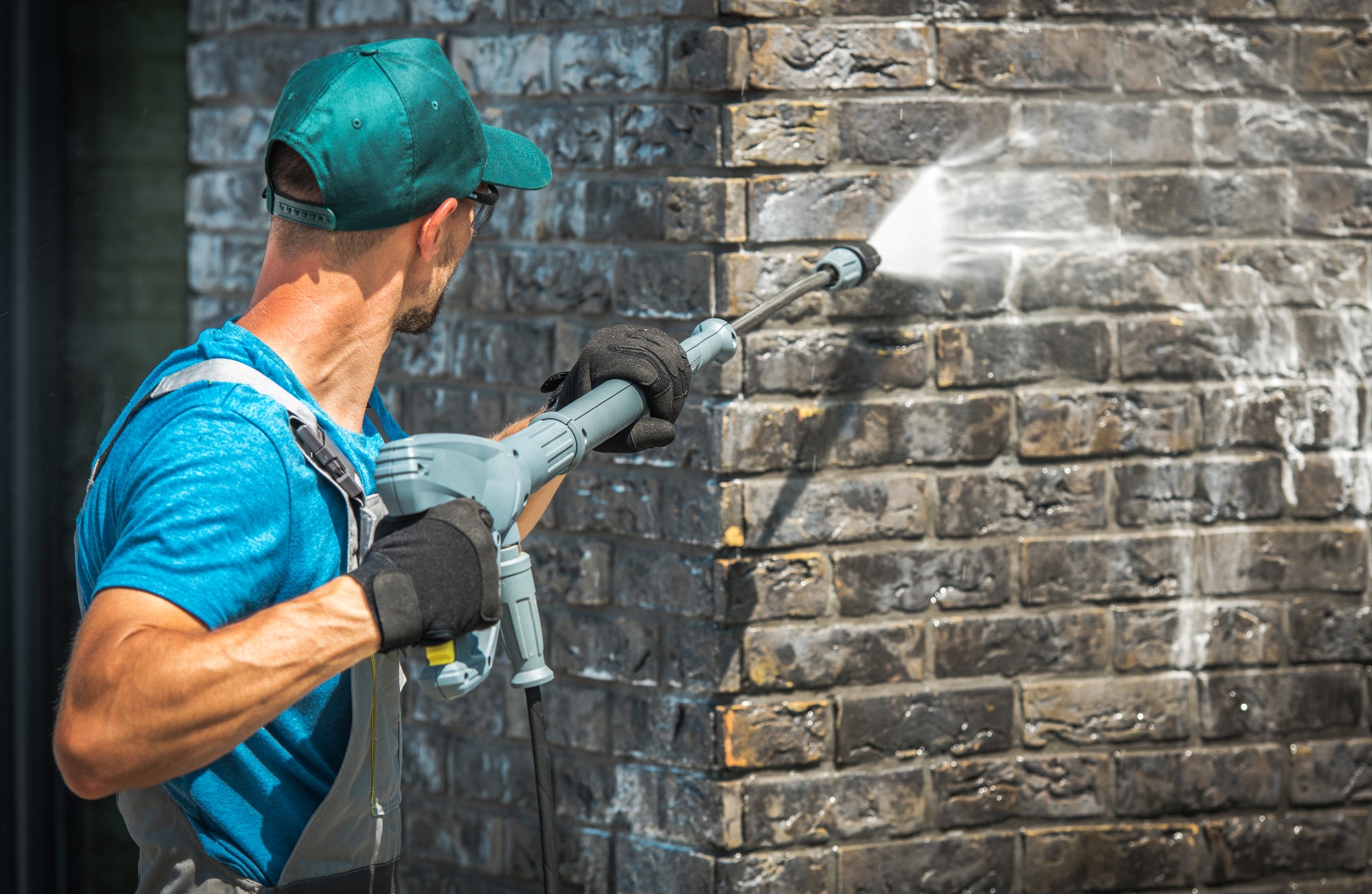 When a fire breaks out in the kitchen, it can cause significant damage to not only the appliances and cabinets but also the walls. The intense heat and smoke can leave behind stubborn soot and smoke damage, making the walls appear black and charred. It may seem like a daunting task to clean the walls after a kitchen fire, but it is a crucial step in the house design process.
Clean walls not only enhance the overall look of the kitchen but also ensure the safety and health of your family.
When a fire breaks out in the kitchen, it can cause significant damage to not only the appliances and cabinets but also the walls. The intense heat and smoke can leave behind stubborn soot and smoke damage, making the walls appear black and charred. It may seem like a daunting task to clean the walls after a kitchen fire, but it is a crucial step in the house design process.
Clean walls not only enhance the overall look of the kitchen but also ensure the safety and health of your family.
The Risks of Neglecting Wall Cleaning after a Kitchen Fire
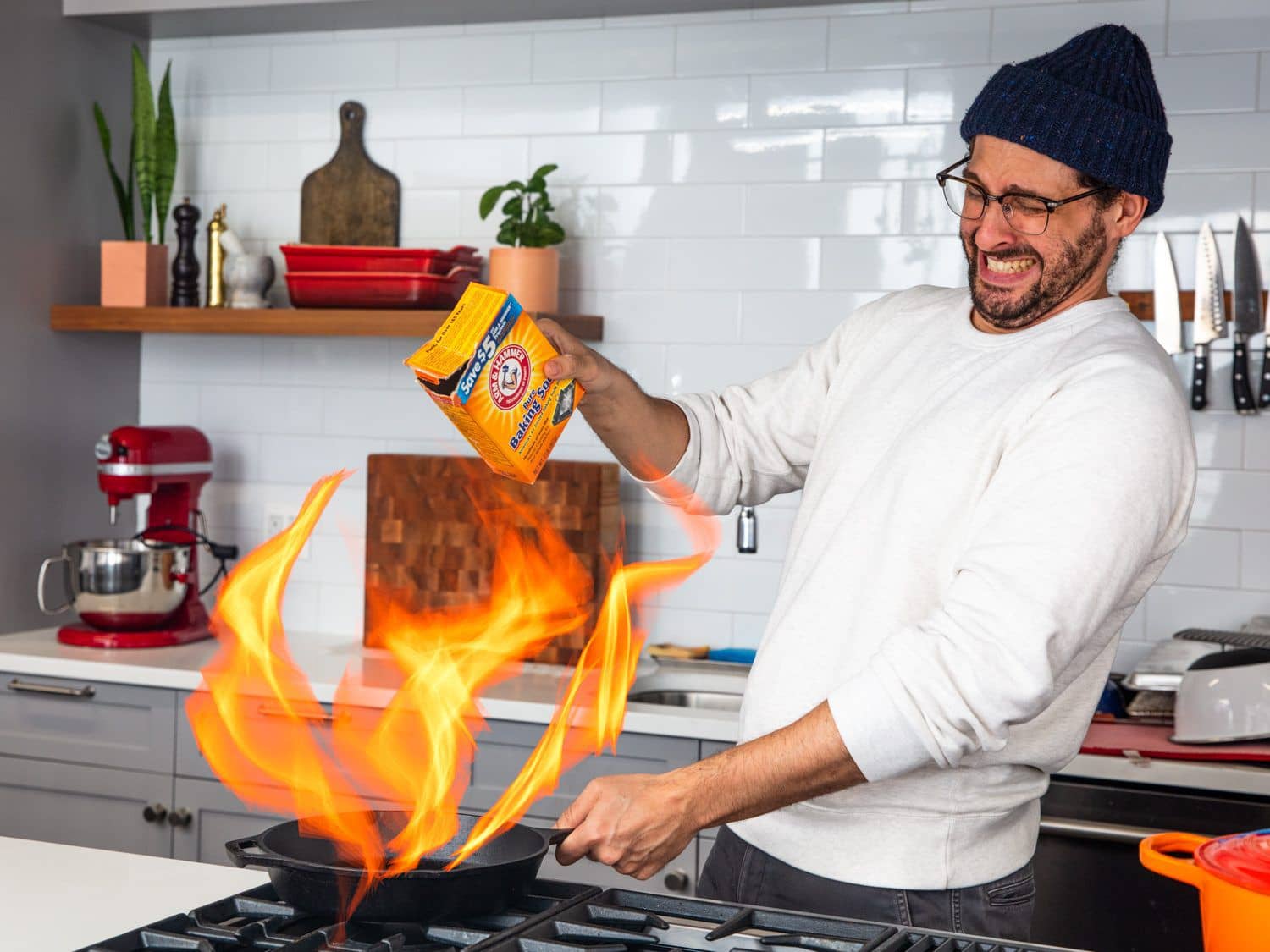 It is essential to understand that leaving walls uncleaned after a kitchen fire can lead to serious consequences.
The soot and smoke residue left behind can contain harmful chemicals and toxins that can pose a health hazard to you and your family. If not cleaned properly, the residue can also cause further damage to the walls, leading to costly repairs and renovations. Additionally, the lingering smell of smoke can be unpleasant and difficult to get rid of, affecting the overall ambiance of your home.
It is essential to understand that leaving walls uncleaned after a kitchen fire can lead to serious consequences.
The soot and smoke residue left behind can contain harmful chemicals and toxins that can pose a health hazard to you and your family. If not cleaned properly, the residue can also cause further damage to the walls, leading to costly repairs and renovations. Additionally, the lingering smell of smoke can be unpleasant and difficult to get rid of, affecting the overall ambiance of your home.
The Correct Method for Cleaning Walls After a Kitchen Fire
 Proper cleaning techniques and tools are crucial in achieving clean and safe walls after a kitchen fire.
Begin by removing any loose debris or soot from the walls using a dry cloth or vacuum with a brush attachment. Next, mix a solution of warm water and mild detergent and use a sponge or soft cloth to gently scrub the walls. For stubborn stains, a mixture of vinegar and water can be used. Be sure to rinse the walls thoroughly with clean water and dry them with a towel afterwards.
Proper cleaning techniques and tools are crucial in achieving clean and safe walls after a kitchen fire.
Begin by removing any loose debris or soot from the walls using a dry cloth or vacuum with a brush attachment. Next, mix a solution of warm water and mild detergent and use a sponge or soft cloth to gently scrub the walls. For stubborn stains, a mixture of vinegar and water can be used. Be sure to rinse the walls thoroughly with clean water and dry them with a towel afterwards.
The Importance of Seeking Professional Help
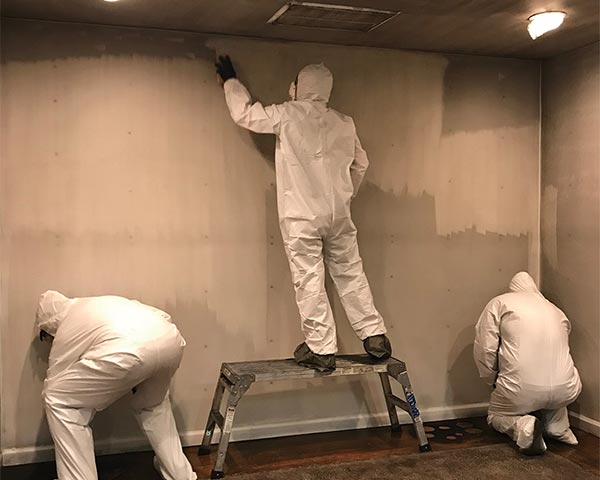 While it may be tempting to clean the walls yourself, it is highly recommended to seek professional help in the aftermath of a kitchen fire.
Professional cleaners have the necessary expertise, equipment, and cleaning solutions to effectively remove all traces of soot and smoke residue. They also have the knowledge to properly assess the extent of the damage and identify any potential hazards that may have been caused by the fire.
In conclusion,
cleaning walls after a kitchen fire is a crucial step in house design that should not be overlooked.
It not only ensures the safety and health of your family but also helps maintain the overall aesthetic of your home. Be sure to follow the correct cleaning methods and consider seeking professional help for a thorough and effective clean. With clean and safe walls, you can fully enjoy your newly designed kitchen without any worries.
While it may be tempting to clean the walls yourself, it is highly recommended to seek professional help in the aftermath of a kitchen fire.
Professional cleaners have the necessary expertise, equipment, and cleaning solutions to effectively remove all traces of soot and smoke residue. They also have the knowledge to properly assess the extent of the damage and identify any potential hazards that may have been caused by the fire.
In conclusion,
cleaning walls after a kitchen fire is a crucial step in house design that should not be overlooked.
It not only ensures the safety and health of your family but also helps maintain the overall aesthetic of your home. Be sure to follow the correct cleaning methods and consider seeking professional help for a thorough and effective clean. With clean and safe walls, you can fully enjoy your newly designed kitchen without any worries.




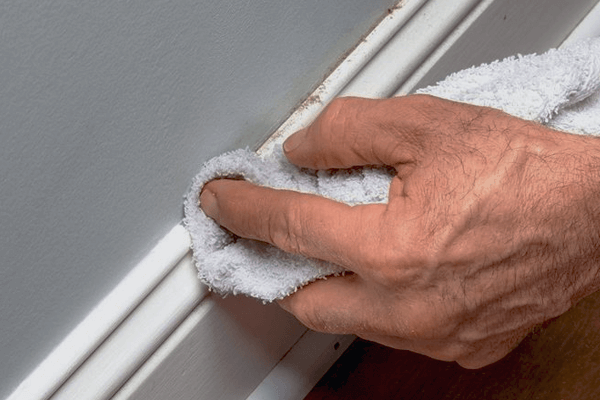



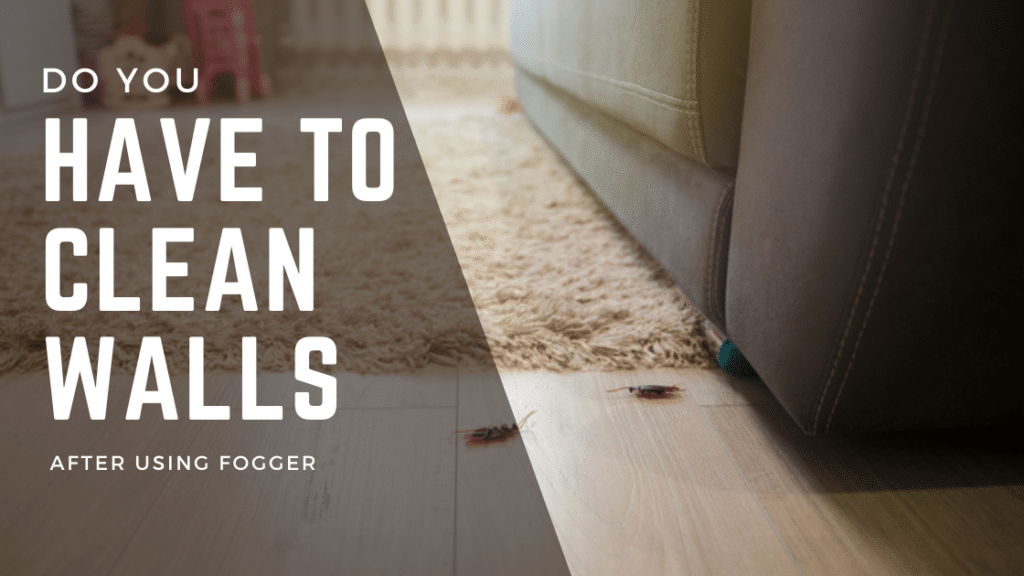
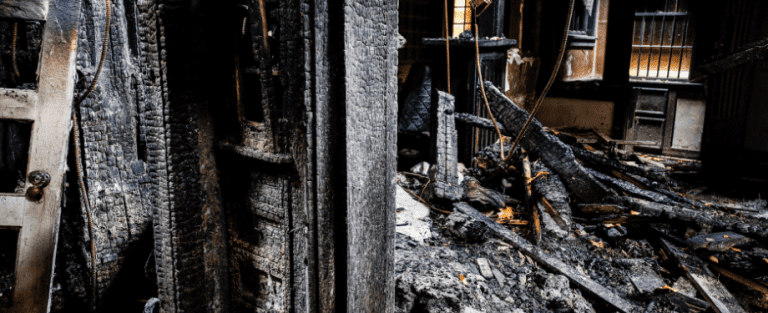

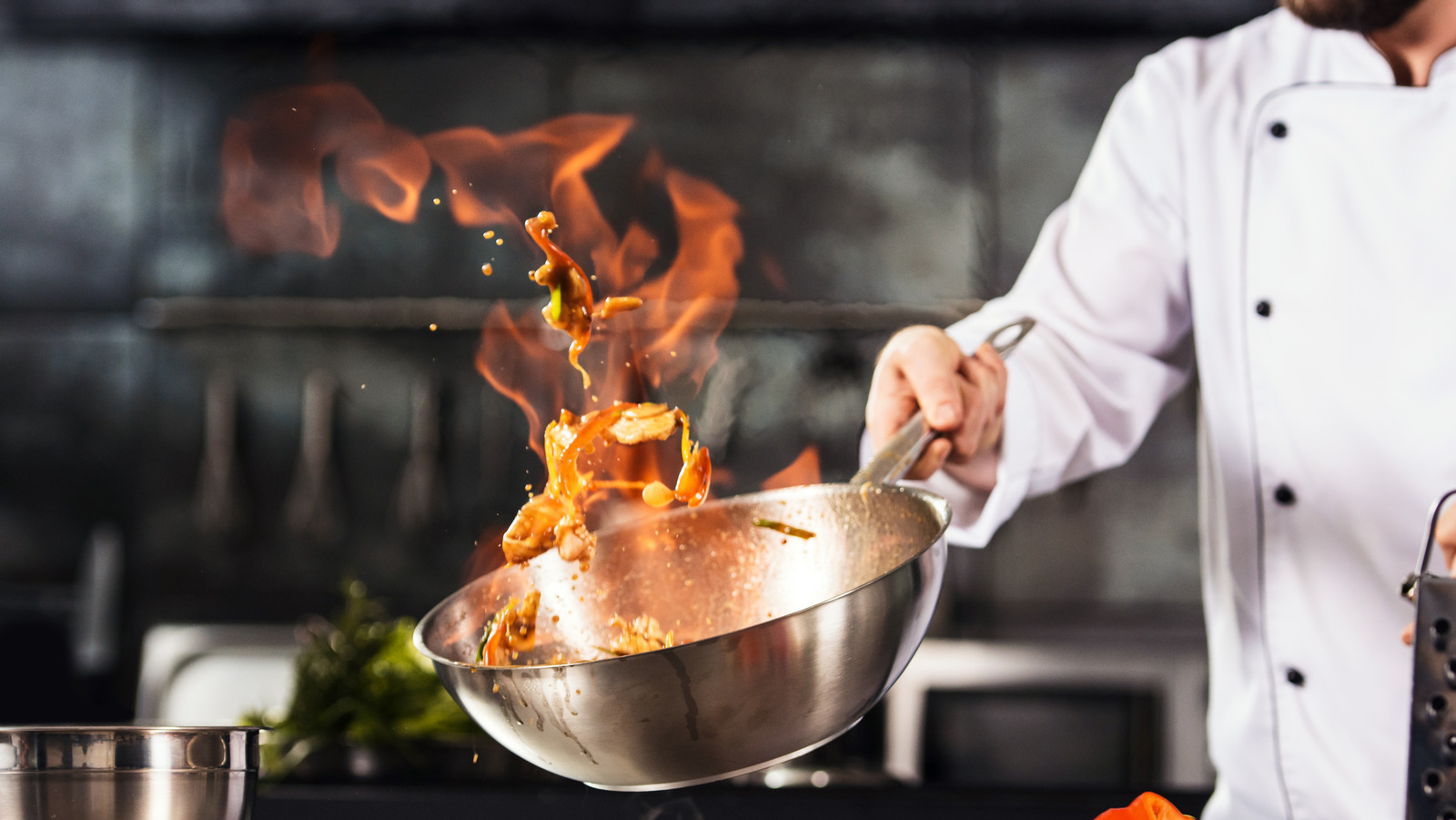
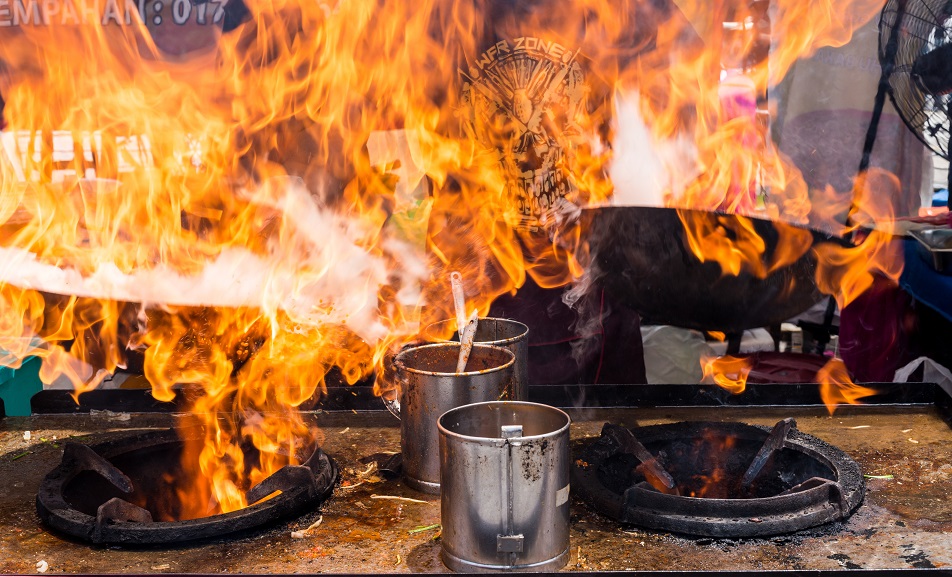
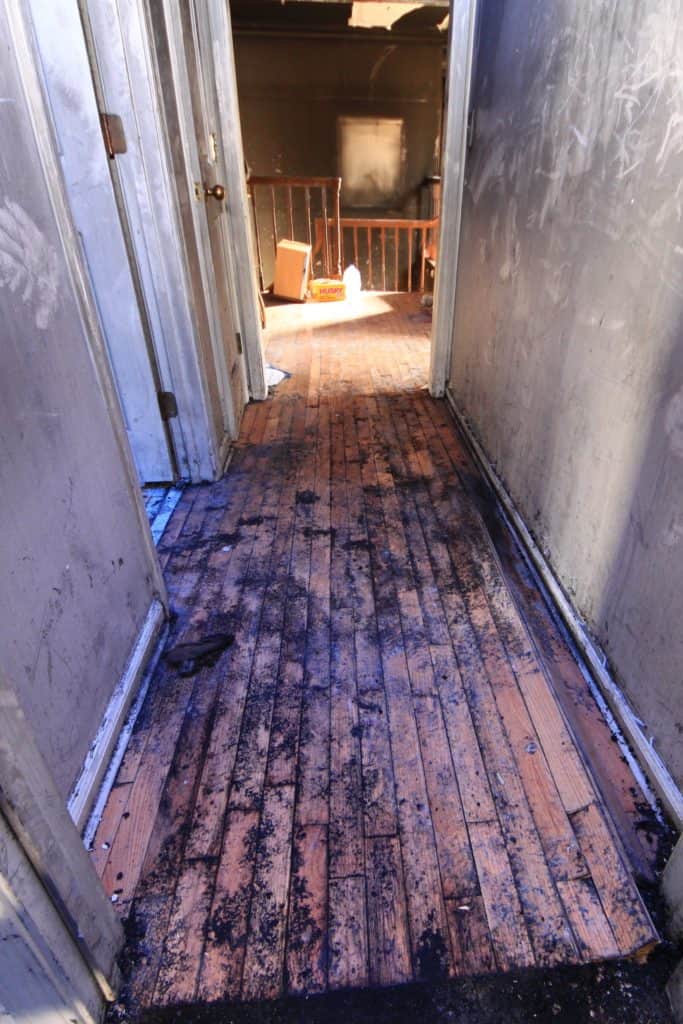


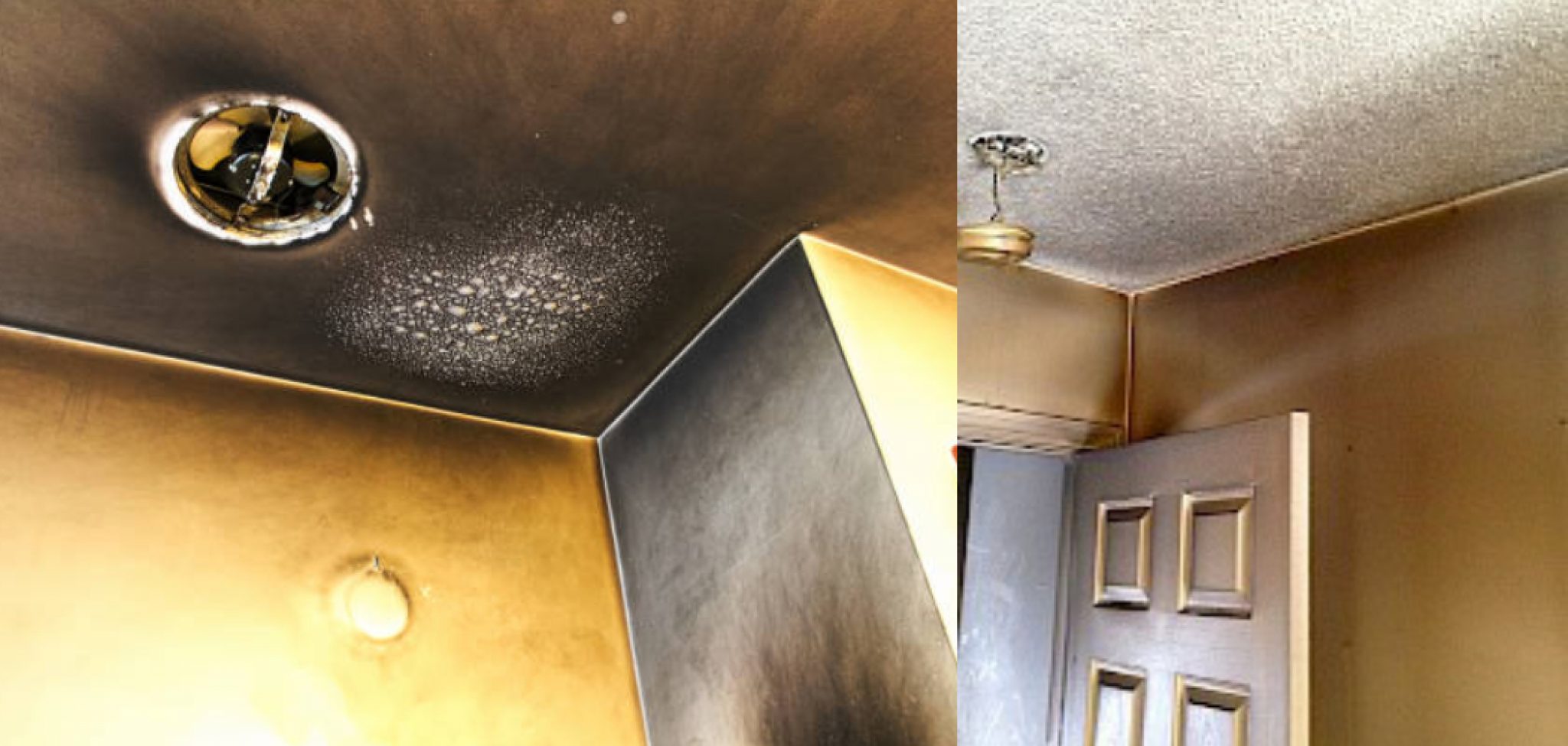


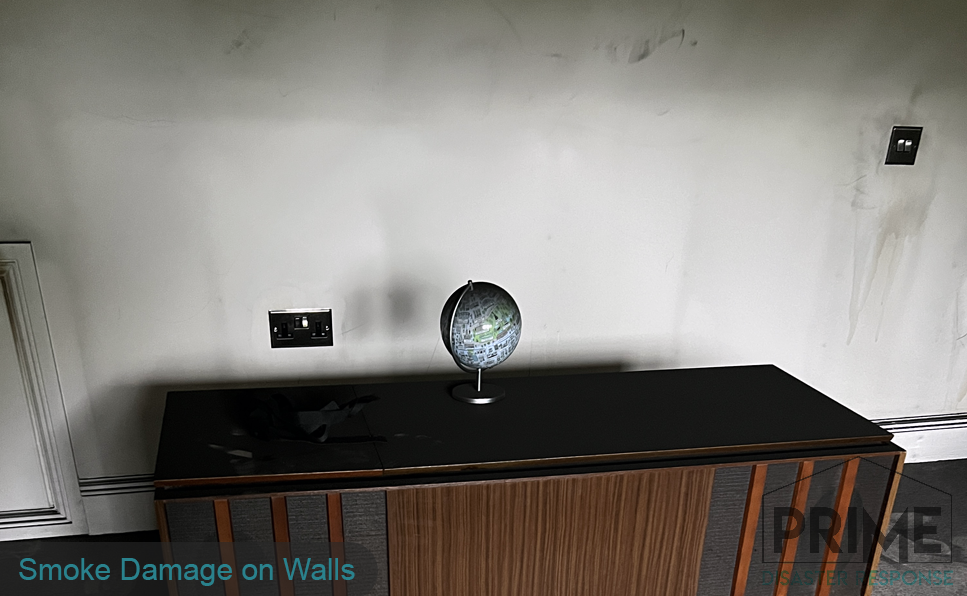

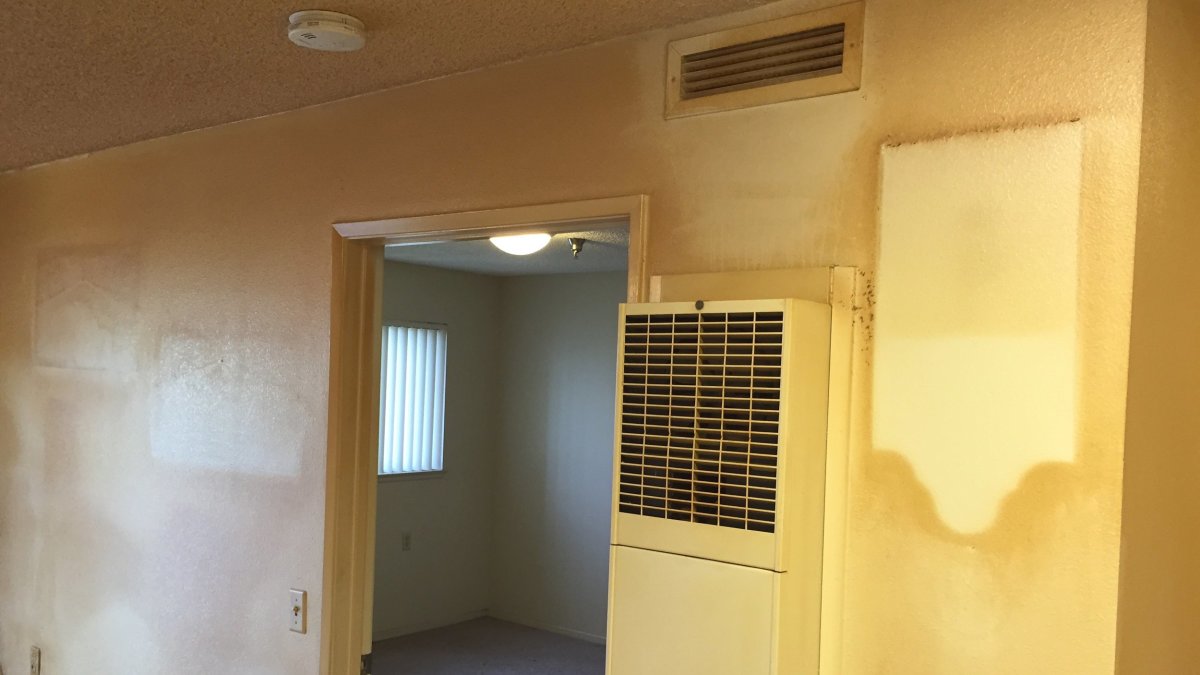

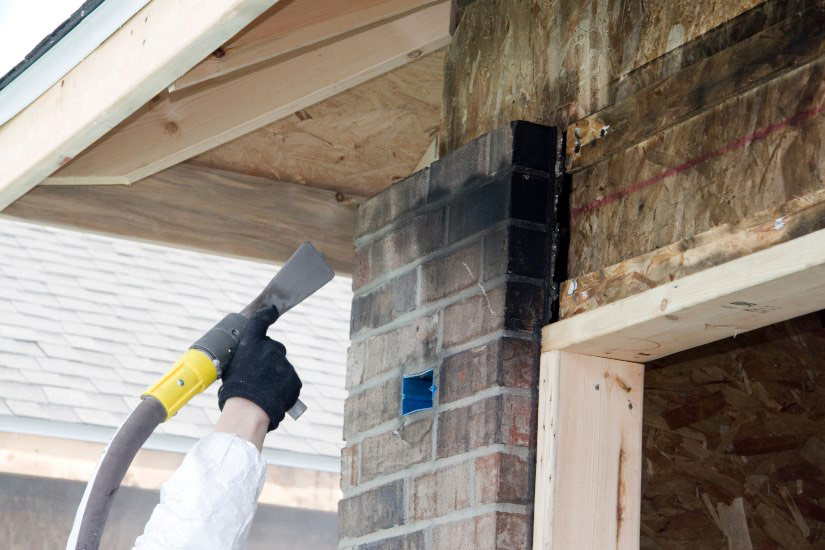
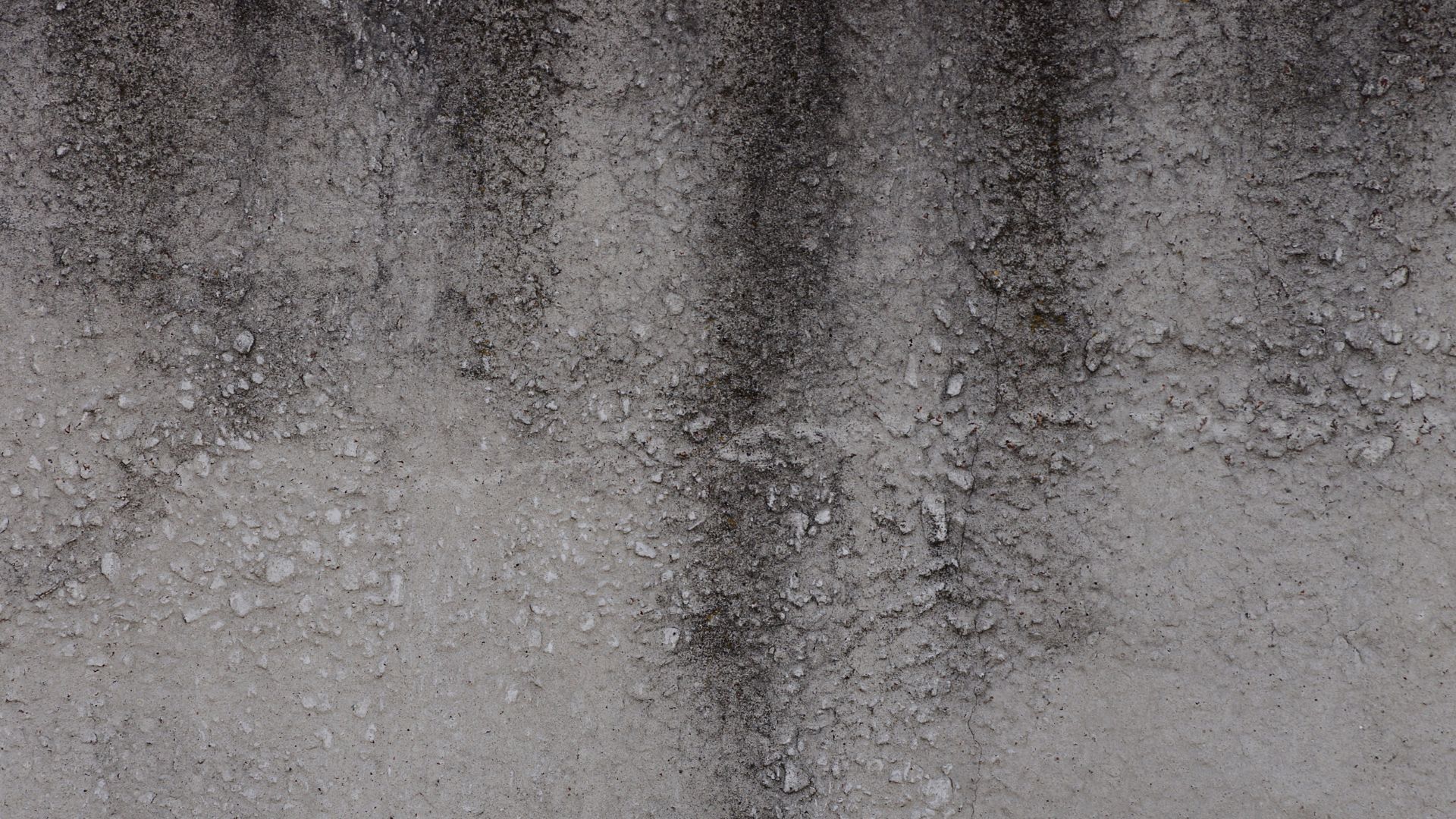




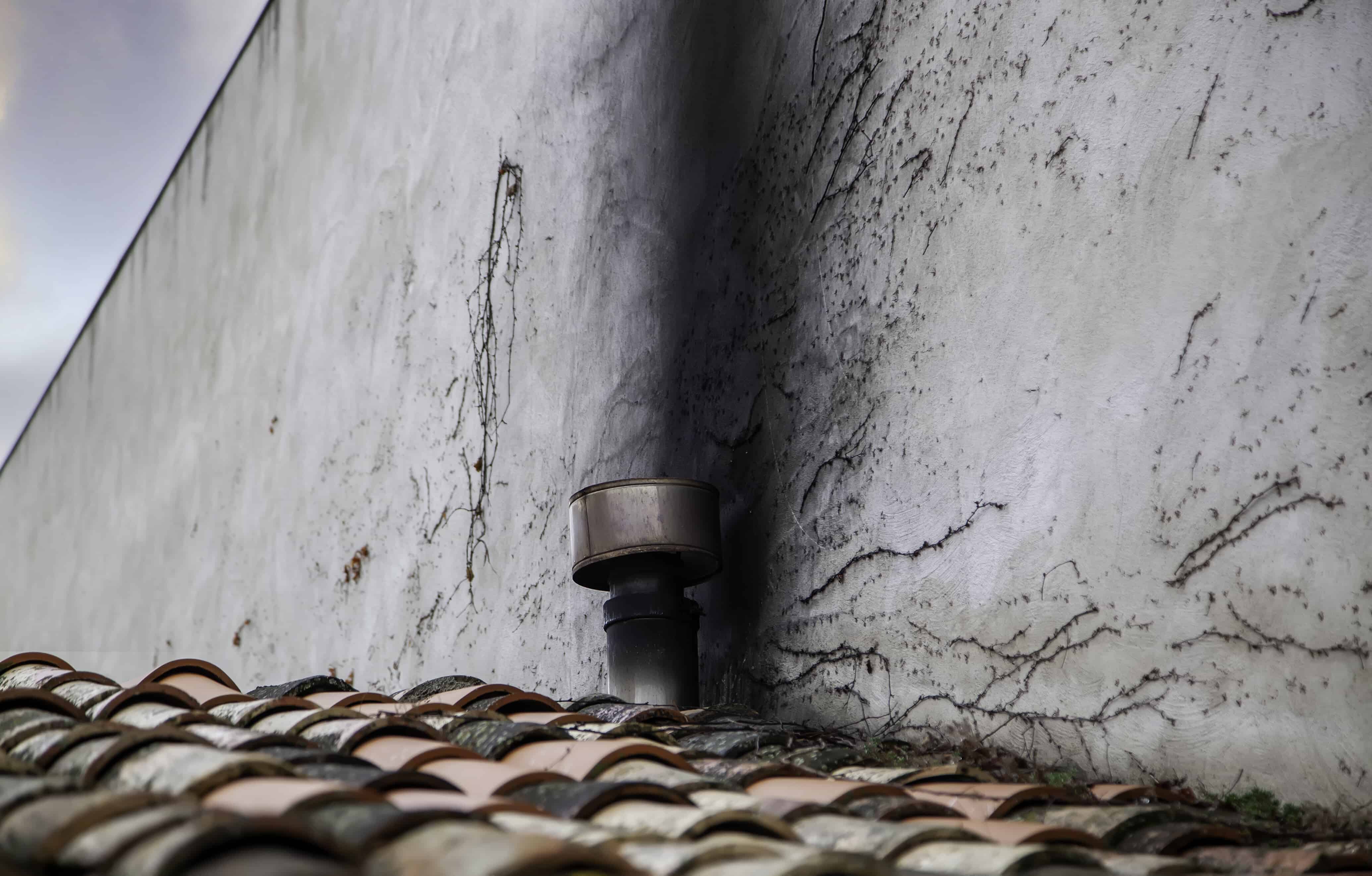

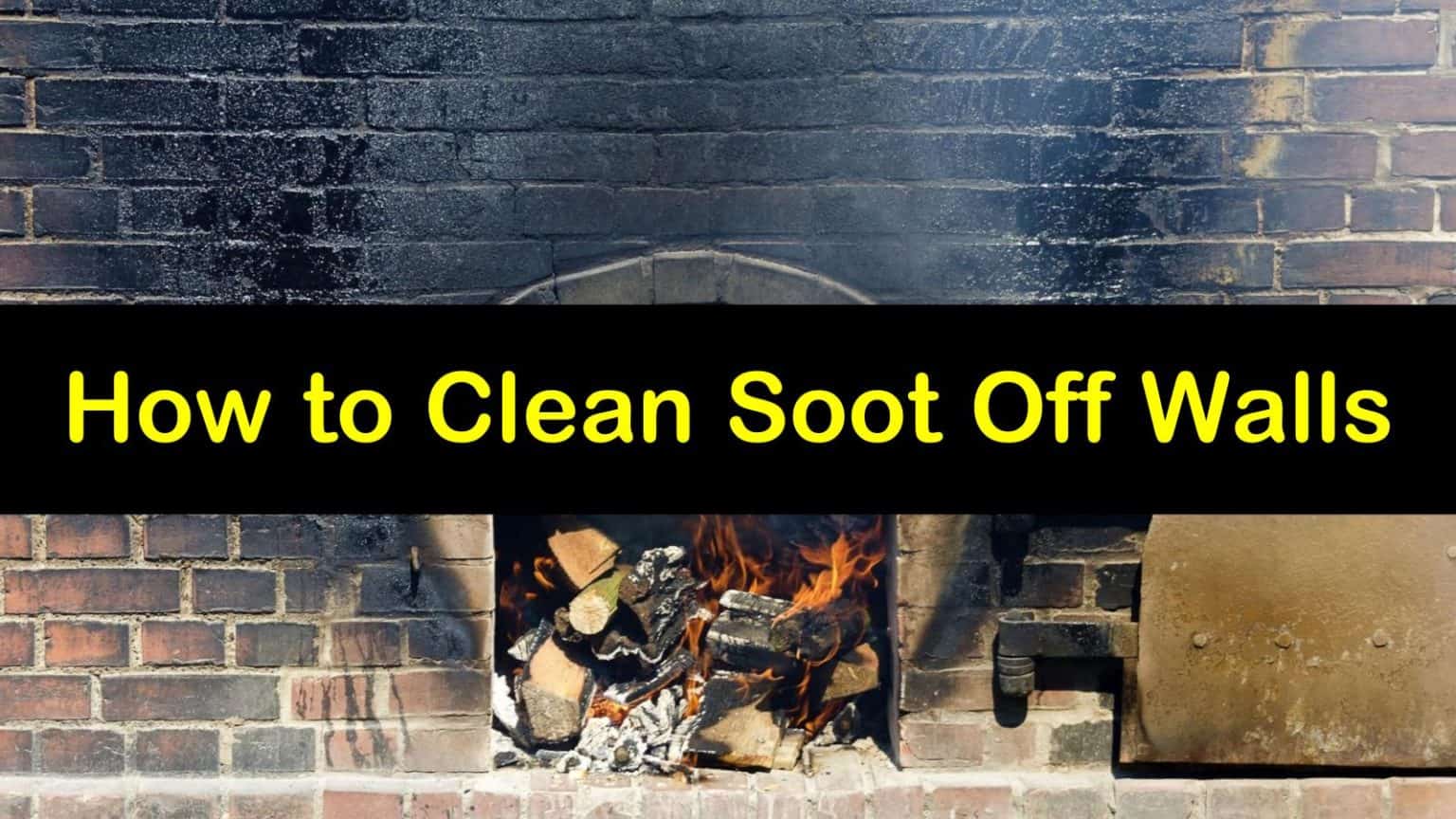


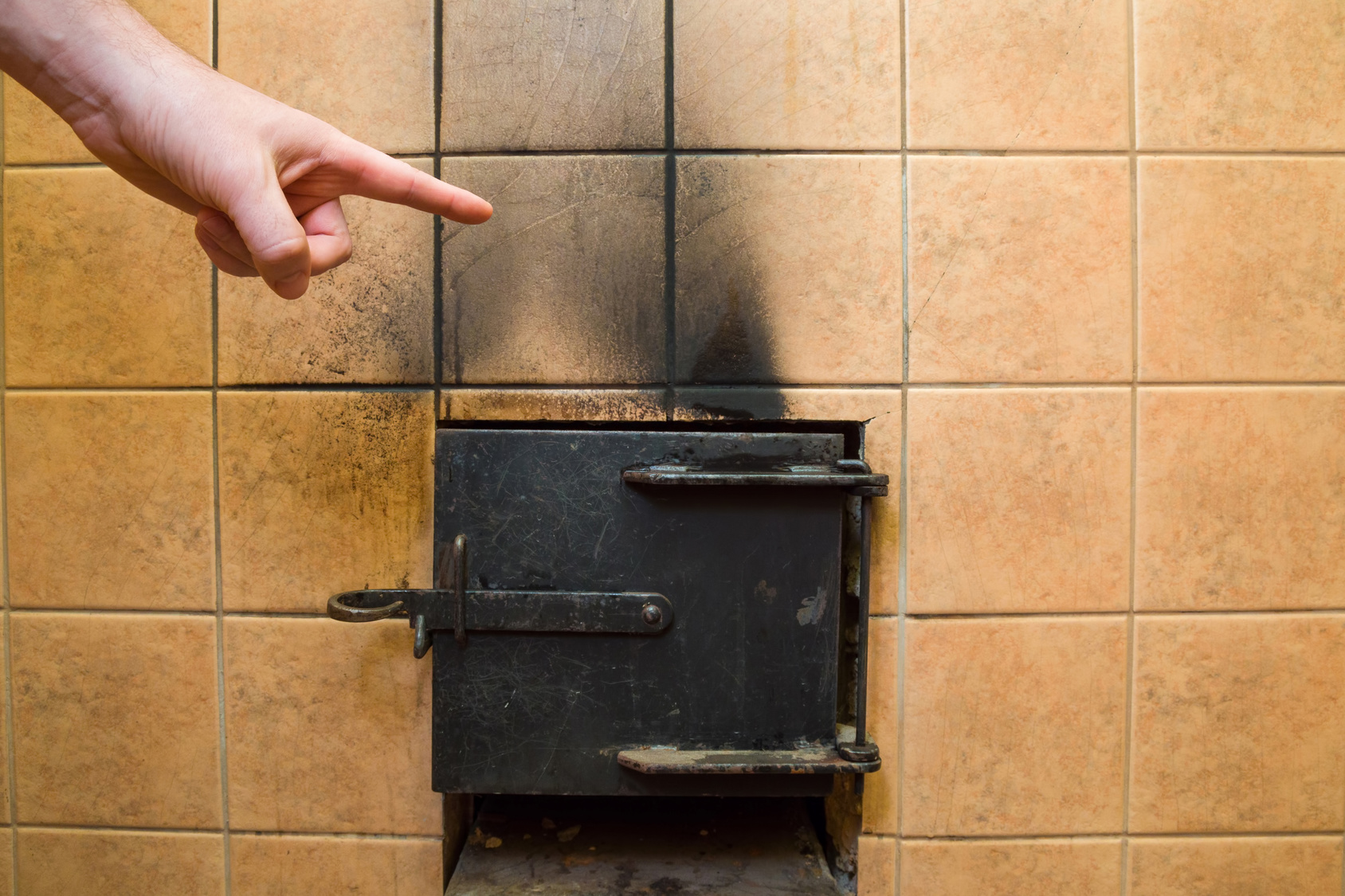




:max_bytes(150000):strip_icc()/how-to-remove-grease-stains-2147099-04-bea904d849764e69bcc50a4dab950742.jpg)



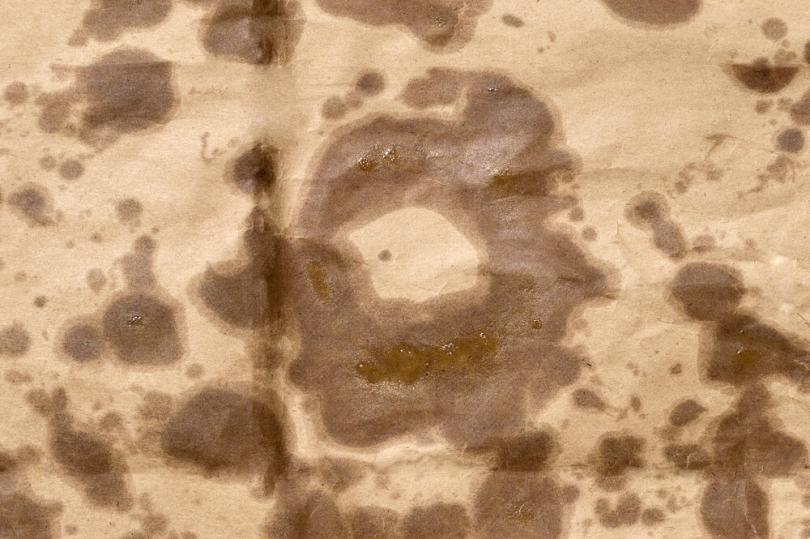
:max_bytes(150000):strip_icc()/how-to-remove-grease-stains-2147099-06-57664fe8e8d64baab9d39a33566038c9.jpg)







/woman-using-white-vinegar-to-clean-530604142-5a691afa875db900368d2720.jpg)
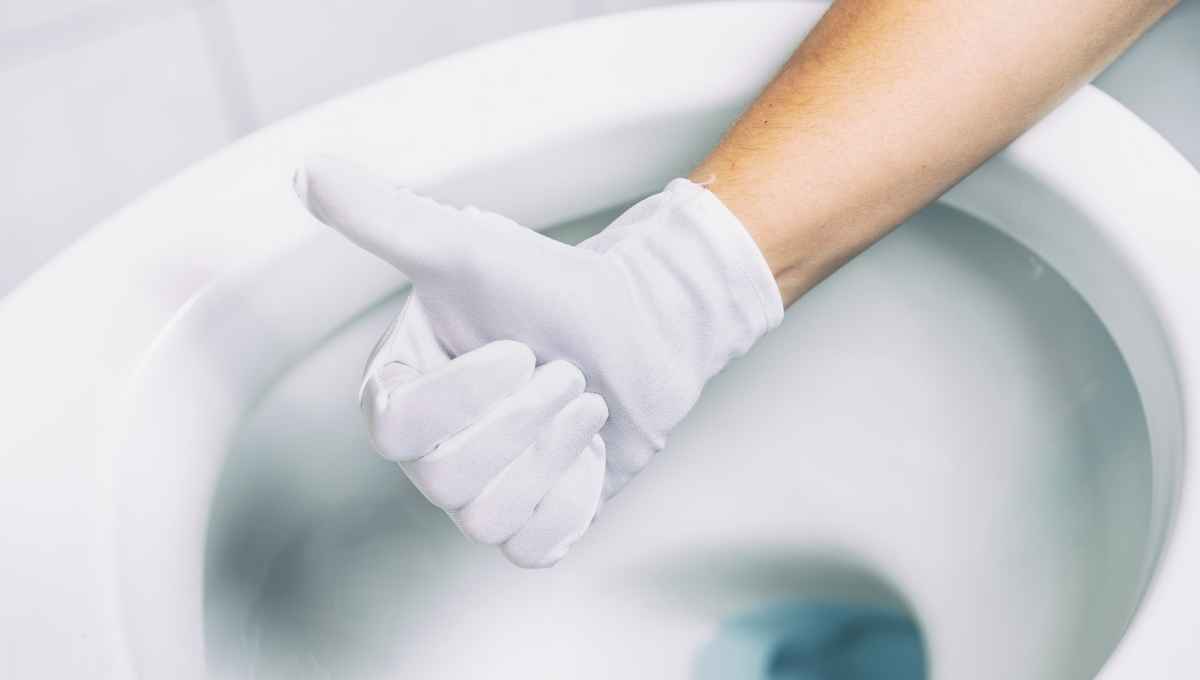


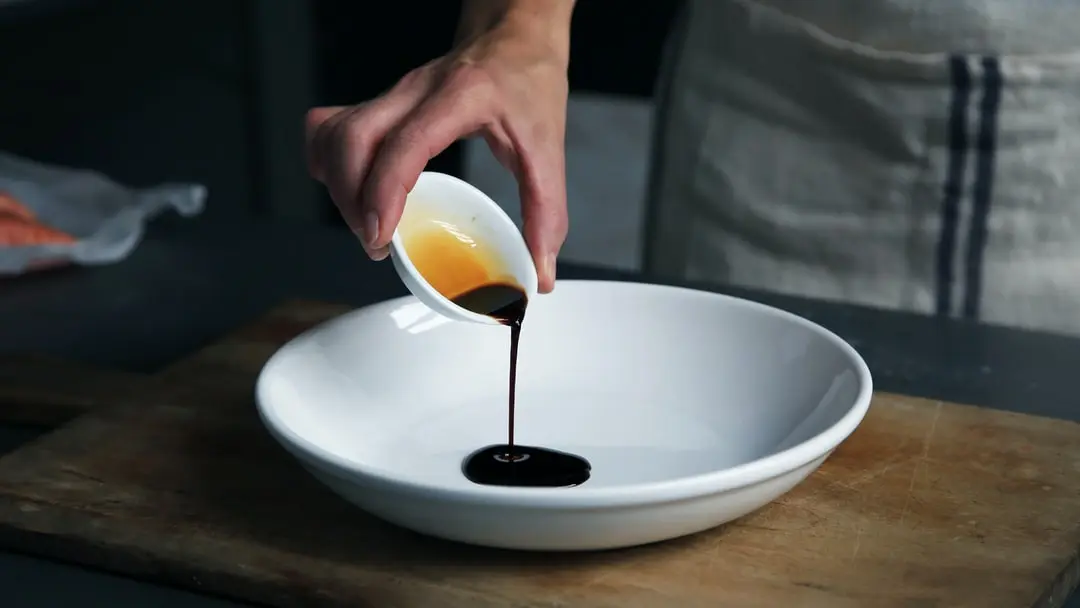

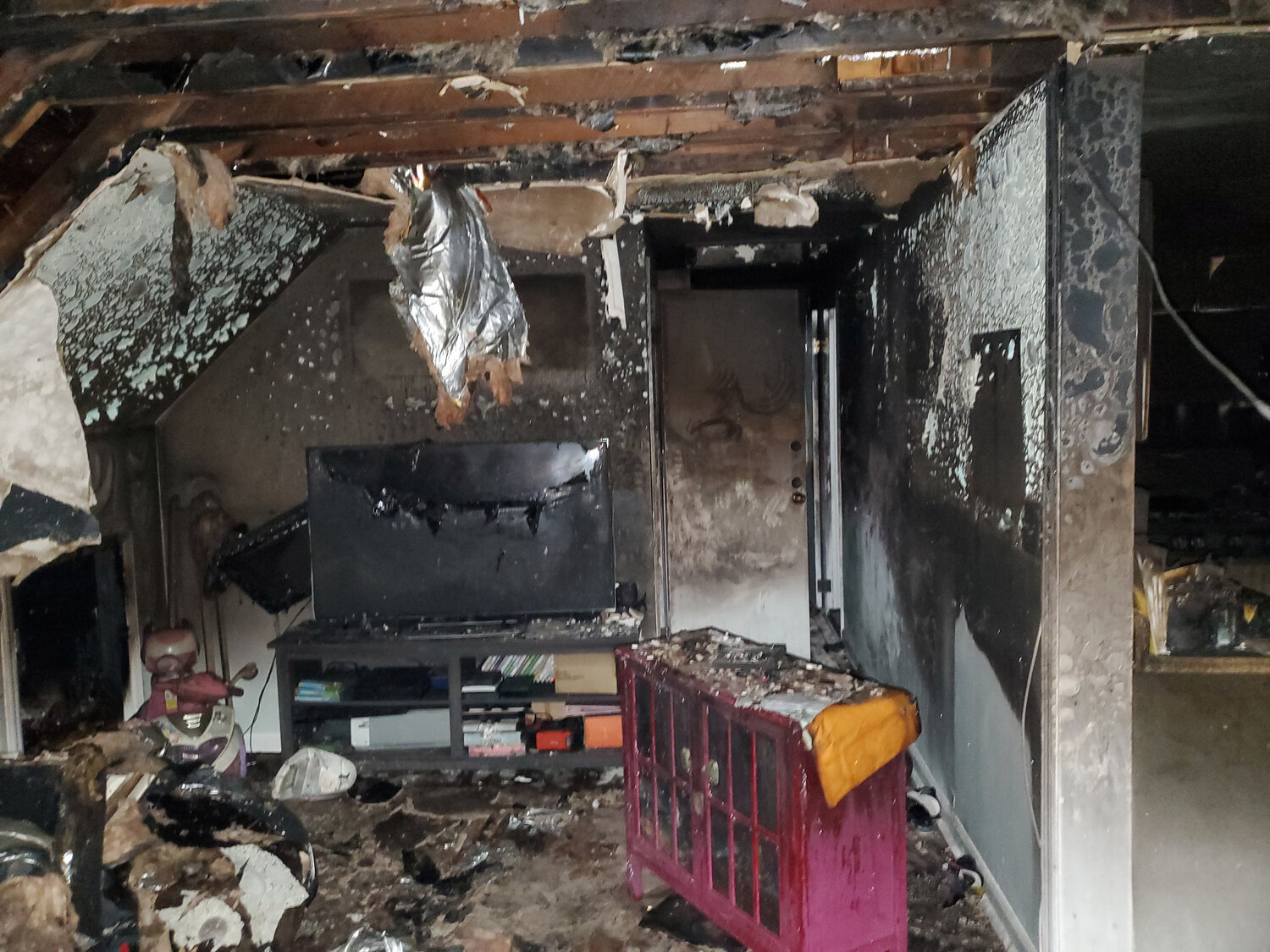
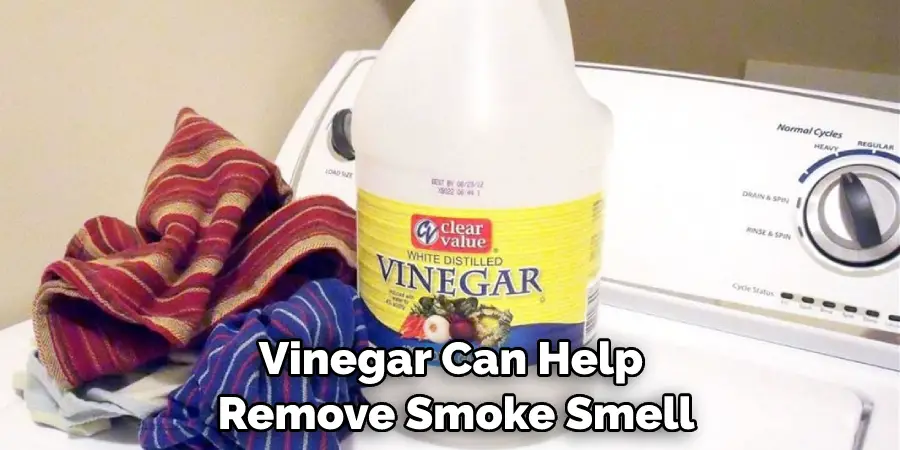





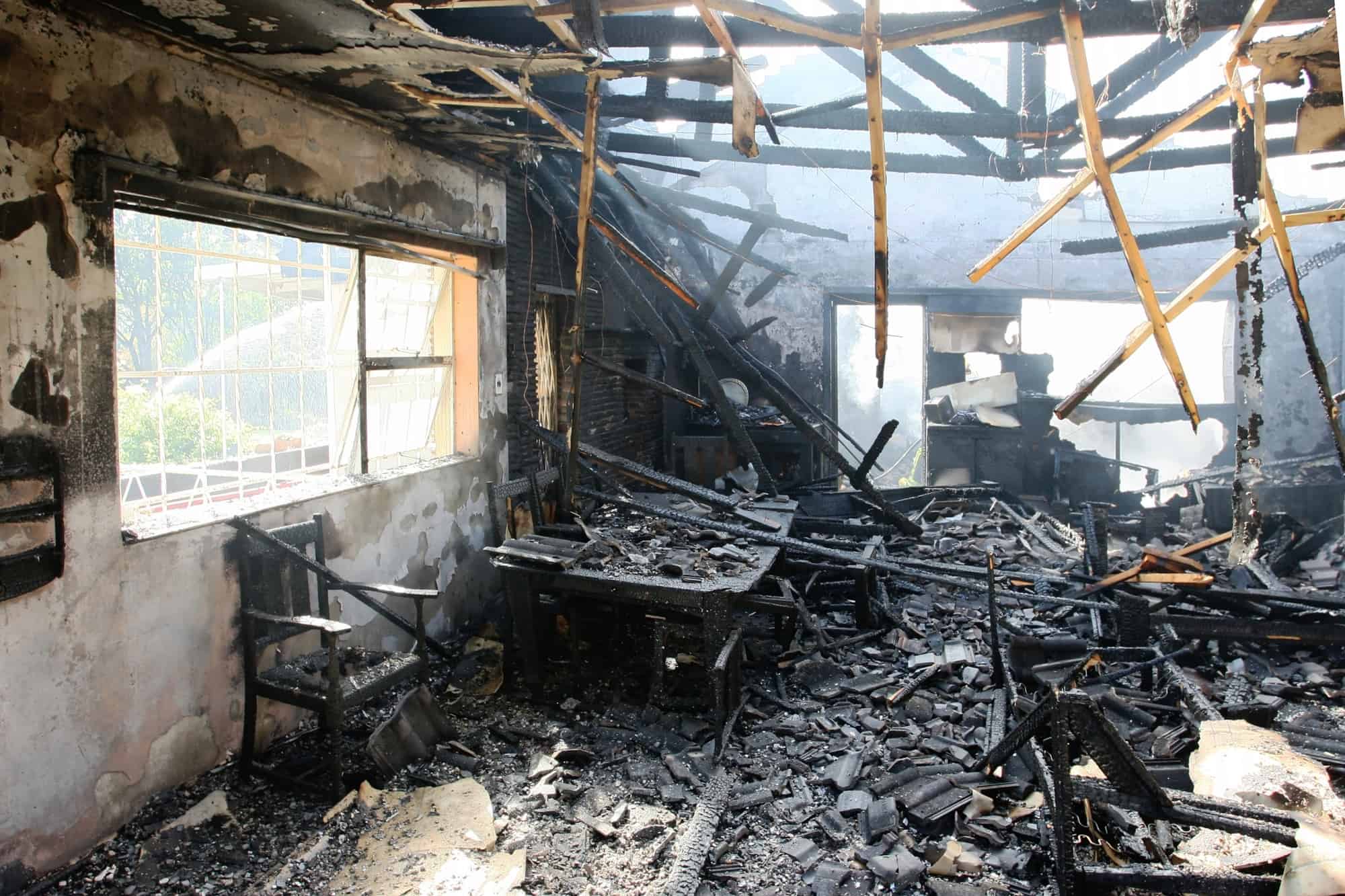
:max_bytes(150000):strip_icc()/how-to-clean-fireplace-bricks-4587771-07-73e02f31479d485791072d31a41f3a5b.jpg)
